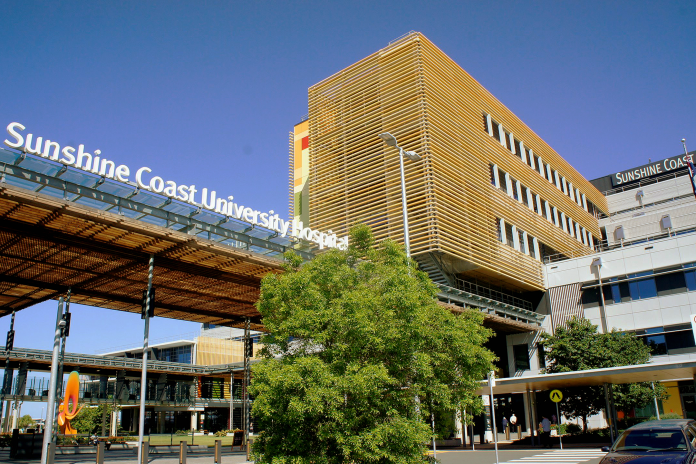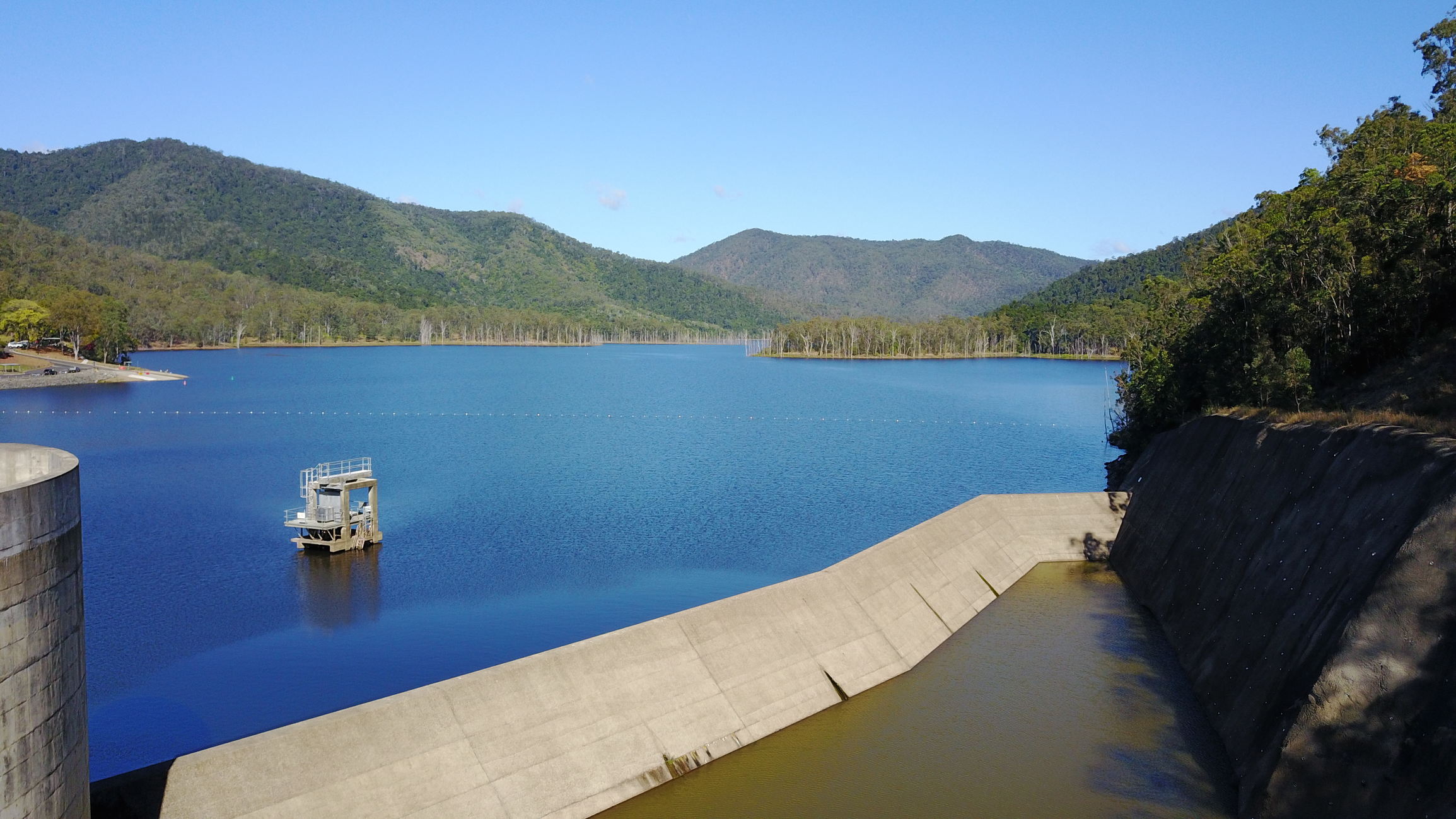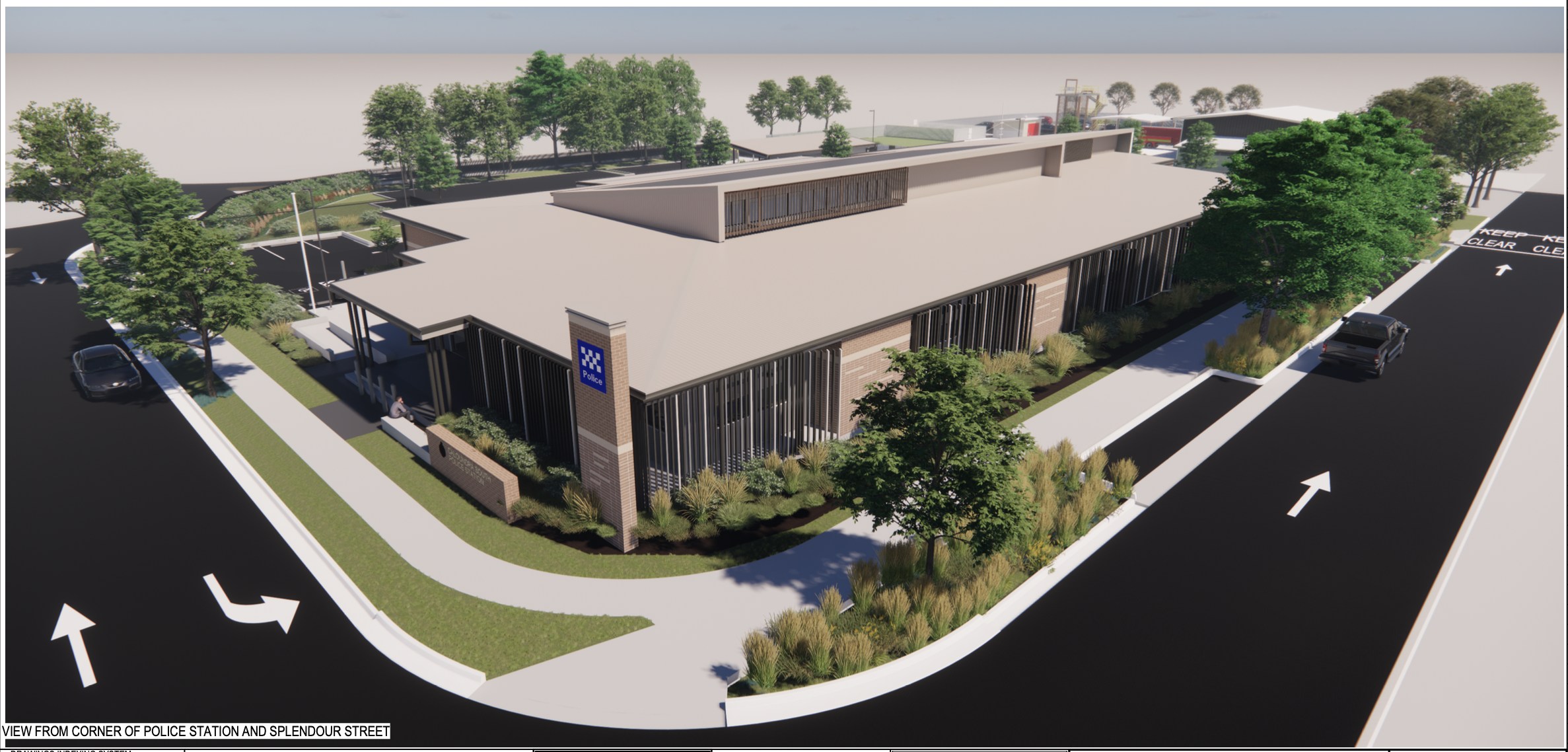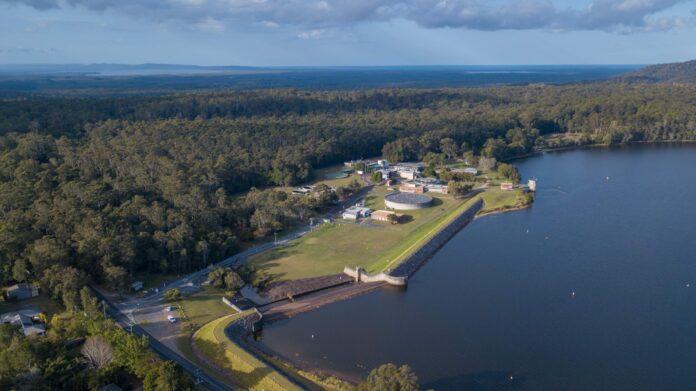A coal-funded budget splurge will provide Queenslanders cost-of-living relief ahead of the state election after a record population jump.
Treasurer Cameron Dick on Tuesday handed down his fifth budget, which featured a $2.6 billion deficit after splashing the cash on Queenslanders, who will head to the polls later this year.
The Labor government has spent big in a bid to earn another term at the October election under premier Steven Miles, with a 31 per cent rise in cost-of-living relief.
Mr Dick said $91 billion in overall government spending for 2024-25 would ease the pressure on health, housing and infrastructure after an unprecedented population surge.
Queensland has had a population increase of about 144,000 since September 2023, including 88,000 from overseas.
“We’ve been going through and may still be going through the biggest influx of people that our state has ever seen,” Mr Dick said.
“Across the three years to 2023-24 Queensland’s population growth is estimated to have exceeded budget forecasts by a total of 135,500 people.”
Scroll down to SUBSCRIBE for our FREE news feed, direct to your inbox daily.
The state government will provide a $1.8 billion investment for the Sunshine Coast Hospital and Health Service to deliver better access to healthcare across the region.
The budget also increases infrastructure spending of $1.3 billion, including $71.4 million in 2024-25 to commence construction on the Lake Macdonald Dam improvement project, which will strengthen the dam’s foundation and ensure it meets modern engineering standards and continues to operate safely during extreme weather events.

The state government will provide $65 million to maintain, improve and upgrade schools. This includes $15.7 million for the construction of the new Palmview State Secondary College, $7.3 million for a new hall facility at Yandina State School, and $5.6 million for a new performing arts centre at Burnside State High School.
The budget also includes contributions to the tourism sector and the creation of local jobs, including $20.1 million to upgrade the Sunshine Coast Stadium, Sunshine Coast Mountain Bike Centre and to build a new Sunshine Coast Indoor Sports Centre.
The budget highlights for the Sunshine Coast include:
- $71.4 million in 2024-25 to commence construction on the Lake Macdonald Dam improvement project;
- $15.7 million in 2024-25 out of a $105.9 million total spend to deliver the new Palmview State Secondary College;
- $3.1 million and $2.3 million respectively to complete the new police and fire and rescue stations at Caloundra South;
- $15.6 million in 2024-25 out of a $38 million total spend towards widening the existing footpath on Glass House Mountains Road (Steve Irwin Way);
- $1.8 billion for the Sunshine Coast Hospital and Health Service;
- $115 million in 2024-25 out of a $1.004 billion total spend towards the Beerburrum to Nambour Rail Upgrade (Stage 1);
- $25.4 million in 2024-25 out of a $37.3 million total spend for planning and development of Stage 2 of the Coolum Eco Industrial Park;
- $3.3 million in 2024-25 out of a $16.4 million total spend to rebuild the Maleny Substation;
- $15 million in 2024-25 to construct a PCYC at Caloundra;
- $20.1 million in 2024-25 out of a $304 million total spend on the Brisbane 2032 Sunshine Coast venues – Sunshine Coast Stadium, Sunshine Coast Mountain Bike Centre and a new Sunshine Coast Indoor Sports Centre; and
- $2.75 billion over eight years for the Direct Sunshine Coast Rail Line.
A host of schools and community groups will also benefit from smaller funding amounts, including Yandina State School, Burnside State High School, Pomona/Cooroy and District Australian Football Club, Kawana Waters Surf Life Saving Club and Maleny Rangers Football Club.
A further $936 million has been allocated for the Borumba Pumped Hydro Energy Storage project west of the Sunshine Coast.

Premier Steven Miles said the Sunshine Coast was at the forefront of the budget.
“I am doing what matters for Queenslanders and delivering the largest investment into Queensland Health services, infrastructure and frontline workers in the state’s history,” jhe said.
“The Sunshine Coast is one of our fastest growing regions and in my first budget as Premier, I am investing in local clubs, tourism attractions, critical infrastructure and services to support that growth.”
Caloundra MP Jason Hunt said funding for the region would make it “an even better place to live.”
“We are seeing local investment in healthcare, education and infrastructure projects which are delivering local jobs and better services for Caloundra and the Sunny Coast.”
Member for Nicklin Rob Skelton said the budget would provide jobs and infrastructure.
“This budget will see a massive investment in jobs, health and education across the Sunshine Coast,” he said.
“We’ve got funding for a new performing arts facility at Burnside State High School, a new hall at Yandina State School, two new school tuckshops and six new school playgrounds.”

Around the state, the government will pump an additional $3.8 billion into cost-of-living concessions off the back of coal royalty revenues, taking its total concessions to $11.2 billion.
Coal royalty revenue peaked at $15.3 billion in 2022-23 but will fall to just $6.2 billion in the forthcoming financial year.
A raft of measures designed to provide Queenslanders relief include a freeze on government fees and charges, including the cost of driver’s licences.
Other budget highlights include $1000 off household energy bills, with the Commonwealth chipping in another $300; 20 per cent off car registration; and public transport being slashed to 50c for six months.
The budget will also help Queenslanders with increases to the first-home owner concession on stamp duty, with about 10,000 buyers a year set to benefit.
A $107.3 billion allocation over four years to the government’s total capital program was also unveiled, expected to support 72,000 jobs.
It boosted the government’s total infrastructure works to $225 billion over 13 years to 2027-28.
Mr Dick said building and construction costs in the three years to March 2024 are up 31.2 per cent.
But it will not stop the government investing $26 billion to the Queensland Energy and Jobs plan, with a focus on renewable and storage projects.
Health funding in 2024-25 will grow by 10.6 per cent with an $28.9 billion injection.
Nearly $2 billion will be spent to attract, retain and support health staff while $1 billion will be spent over five years in targeted services for women’s and girls’ health.
The government’s plan to build one million homes by 2047 will receive an additional $3.1 billion in funding.
A further $232.2 million in 2024-25 will support housing and support for homelessness.
Overall economic growth in Queensland is expected to strengthen from 2.3 per cent to 3 per cent in 2024-25, driven by export capacity before 2.5 per cent in 2025-26.
General government net sector debt will come in $13 billion lower than forecasts at $60 billion with borrowings $17 billion lower at $111 billion.
But shadow treasurer David Janetzki said the government was not looking past the October poll.
“This election budget was all about getting Steven Miles through the next four months to the election, not a plan for Queenslanders’ future,” he said.
“What we really need to see from this budget and fail to see is a long term structural plan to address cost of living pressures.”
Do you have an opinion to share? Submit a Letter to the Editor at Sunshine Coast News via news@sunshinecoastnews.com.au. You must include your name and suburb.





